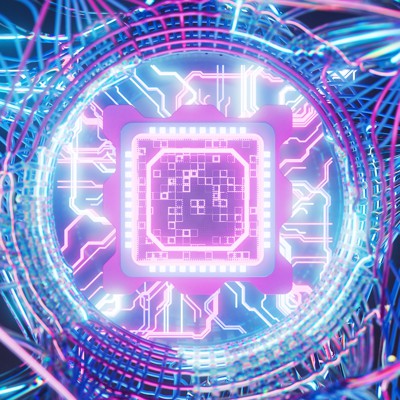
"Quantum computing is no longer a distant concept. It is an emerging capability with real implications for national security. The federal government holds some of the most sensitive data in the world, and the question is not if quantum computing will threaten today's encryption, but when. Data encrypted today could be decrypted tomorrow. This "harvest now, decrypt later" risk has put agencies on the clock."
"That urgency is why the conversation around post-quantum cryptography (PQC) has accelerated. The National Institute of Standards and Technology (NIST) finalized its first three PQC standards in August 2024, setting the foundation for how organizations can protect encrypted data against future quantum decryption. But while PQC is essential, it is not a silver bullet. Encryption is the final layer of protection. If it becomes the only thing standing between your data and an adversary, too many other defenses have already failed."
"The hidden challenge: data sprawl and visibility Across the federal landscape, decades of modernization have created an unintended consequence: data sprawl. Critical information lives in multiple environments, including legacy systems, the cloud and disconnected archives. Before agencies can protect data against quantum threats, they must know where it resides and how it moves. Artificial intelligence and automation can help agencies gain visibility into their data ecosystems, identify sensitive or at-risk assets and classify them for appropriate protection."
Quantum computing will eventually threaten current encryption, creating a "harvest now, decrypt later" risk for sensitive federal data. NIST finalized the first three post-quantum cryptography (PQC) standards in August 2024 to guide protection of encrypted data against future quantum decryption. PQC is necessary but not sufficient because encryption is the final layer of defense; relying solely on encryption means other protections have failed. Federal data sprawl across legacy systems, cloud environments and archives complicates protection. Artificial intelligence and automation can provide visibility, identify sensitive assets, and enable efficient, targeted PQC deployment to avoid multi-year overhauls.
Read at Nextgov.com
Unable to calculate read time
Collection
[
|
...
]